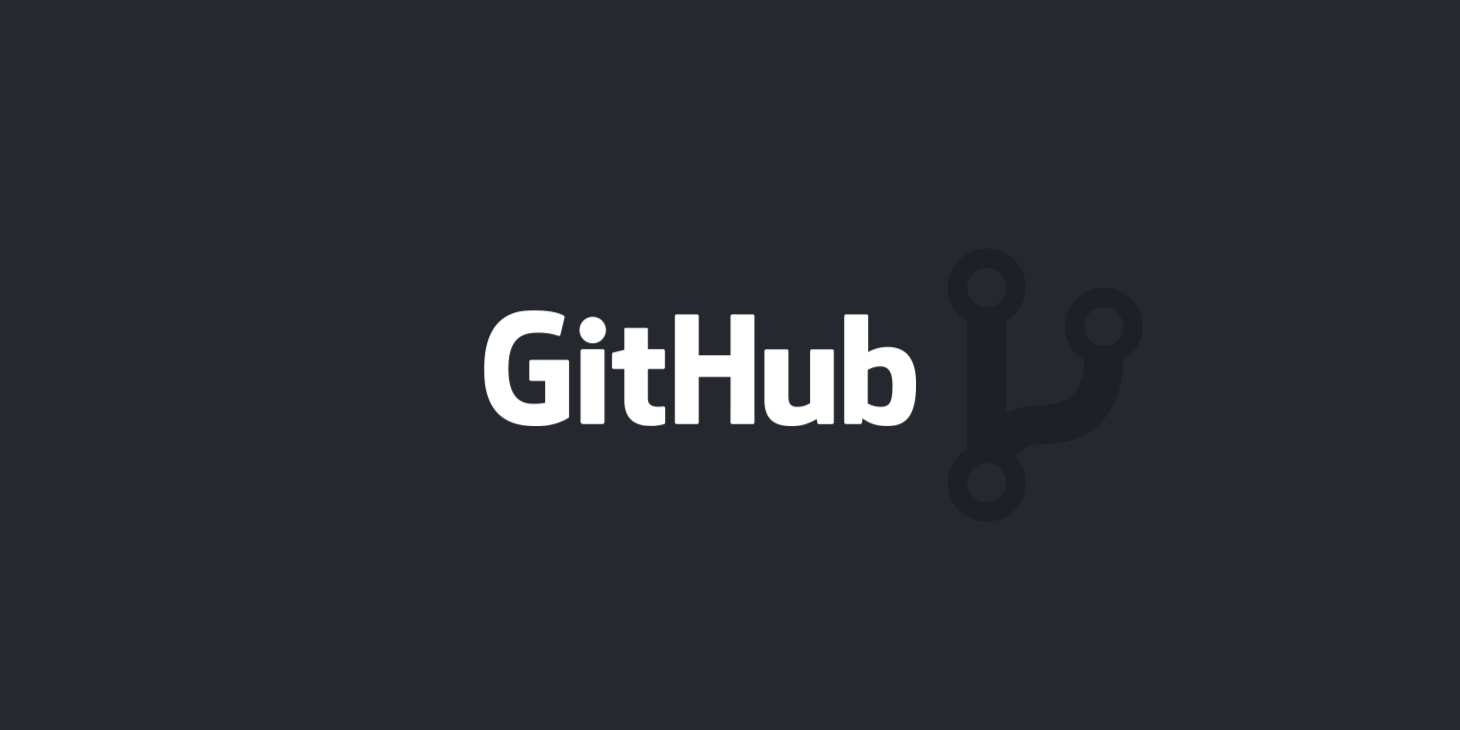OSS Pulse

The OSS-Pulse project is designed to collect, process, and visualize data from GitHub repositories, focusing on repository details, issues, and pull requests. The collected data is stored in a PocketBase database, cleaned, transformed, and presented via a Streamlit dashboard for insightful visualization and analysis. For further details, please refer to the GitHub repository linked here.
Bringing GitHub Insights to Life: My OSS-Pulse Project
Overview: A Journey from Data to Dashboard
Have you ever wondered how open-source projects on GitHub are thriving? How many stars do they collect? How long does it take for pull requests to get merged or issues to be resolved? As a curious mind who wanted to dive into this world, I created OSS-Pulse, a project designed to gather and visualize GitHub repository data. Think of it as a “pulse check” for GitHub projects!
Here’s how it works: OSS-Pulse automatically collects data from GitHub, processes it, and presents it on a sleek, user-friendly dashboard. Everything is neatly stored in a database called PocketBase, and the results are visualized with Streamlit, which makes it easy to explore the data.
Key Features: Turning Raw Data into Real Insights
OSS-Pulse has several essential parts that work together to create an insightful experience:
- Data Collection: Automatically gathers information like stars, forks, issues, and pull requests from various GitHub repositories.
- Data Processing: Cleans and prepares the data to make it easier to analyze.
- Dashboard: The heart of the project—a beautiful and interactive dashboard that presents the insights.
- Scheduler: Keeps the data up-to-date by regularly fetching the latest info.
- Tests: Ensures everything runs smoothly and without bugs.
By breaking down the tech-heavy details into digestible insights, OSS-Pulse is designed to help non-technical users and GitHub enthusiasts alike make sense of the trends and performance of open-source projects.
Project Structure: Under the Hood
While the structure of OSS-Pulse might look complex, let me walk you through the key parts:
|
|
If you’ve worked with code before, you’ll find these components familiar. But even if you haven’t, it’s designed to collect raw GitHub data and transform it into something that anyone can interact with, thanks to the dashboard.
PocketBase: The Brain Behind the Storage
PocketBase is the database where all the collected GitHub data lives. Here’s a quick glimpse into how the data is stored:
- Repositories: Holds info like the number of stars and forks.
- Issues: Stores details about problems raised in the repositories.
- Pull Requests: Keeps track of code changes and contributions.
The beauty of using PocketBase is its simplicity—everything is organized, and the data is always ready to be visualized.
Gathering GitHub Data: Behind the Scenes
Getting data from GitHub is a bit like fishing. We “cast our net” using GitHub’s API, which allows us to gather details from any public repository. Here’s how we do it:
- Fetch Data: We retrieve details about repositories, issues, and pull requests using special scripts.
- Insert Data: The gathered information is inserted into PocketBase, where we check for duplicates and update records as necessary.
- Automate with a Scheduler: A scheduler ensures that the data is regularly updated without manual intervention. This means the data stays fresh and current!
Processing and Visualizing Data: Turning Numbers into Stories
The real magic happens when we take the raw GitHub data and transform it into meaningful insights:
- Data Cleaning: We strip away unnecessary details and focus on what matters, like how long it takes to close issues or merge pull requests.
- Data Transformation: Metrics such as
stars per forkandissue resolution timeare calculated to show how efficiently projects are being managed. - Data Visualization: The cleaned and transformed data is then visualized in the dashboard with graphs and charts. These include trends in repository growth, issue resolution times, and more.
The Streamlit Dashboard: Visualizing GitHub’s Pulse
The best part of OSS-Pulse is the Streamlit dashboard, where all the data is brought to life in an easy-to-understand format. With just a few clicks, you can explore metrics like:
- Total repositories tracked
- Number of stars, forks, and open issues
- How long it takes to resolve issues or merge pull requests
The dashboard has been designed to be intuitive, even for non-technical users. You can filter the data based on specific repositories, stars, forks, or even time frames. It’s a perfect way to discover trends in open-source projects without diving into the raw data yourself.
How It All Comes Together: Running the Project
If you’re interested in running OSS-Pulse on your own, here’s a simplified step-by-step guide:
- Install Dependencies: Get all the necessary packages by running a simple command.
- Start PocketBase: Launch PocketBase, where the data will be stored.
- Insert GitHub Data: Run the data collection scripts to start fetching GitHub data.
- Run the Dashboard: Finally, fire up the Streamlit dashboard and start exploring the data!
Conclusion: Making GitHub Data Easy to Understand
OSS-Pulse started as a passion project to help understand the activity and trends behind GitHub repositories. By automatically collecting data, processing it, and visualizing it, OSS-Pulse takes the complexity of GitHub statistics and turns it into something engaging and insightful.
The project continues to evolve, with plans to add more metrics, better comparisons between repositories, and even more insightful visualizations. Whether you’re a GitHub newbie or an open-source veteran, OSS-Pulse makes it easy to keep a finger on the pulse of your favorite projects.
You can check out the live dashboard here: OSS-Pulse.
Author
- Name: Mohammed Mebarek Mecheter
- Email: mohammedmecheter@gmail.com
- GitHub: Mohammed Mebarek Mecheter
Feel free to contact me for any questions or additional information about this project.